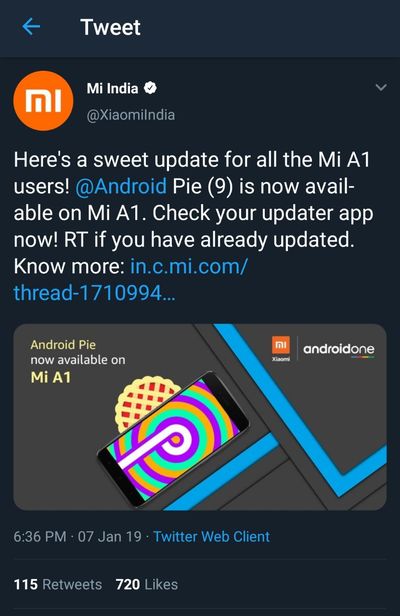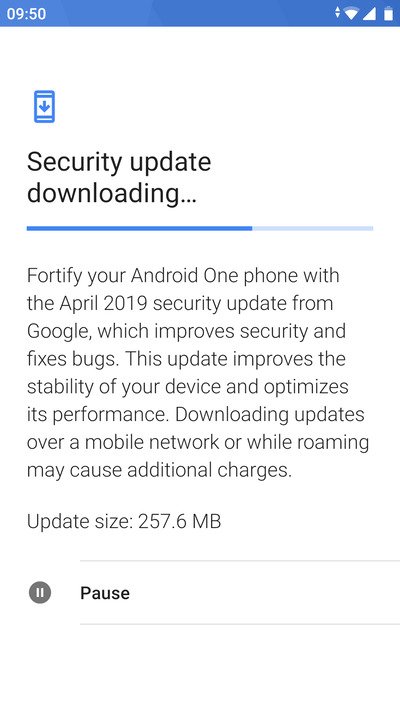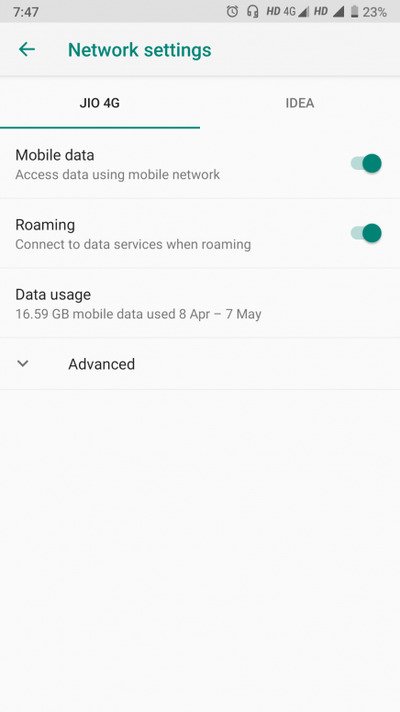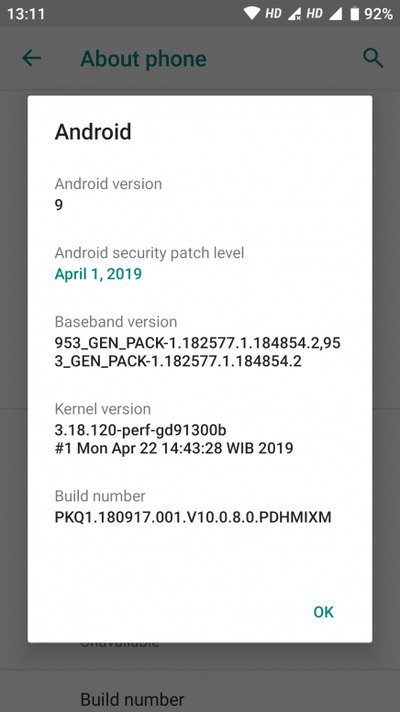Since the retirement of the Google Nexus lineup, it becomes increasingly hard to find a decent mid range phone running vanilla Android with uninterrupted monthly updates. Motorola used to check all these requirements, but Lenovo ruined their reputation after acquiring them from Google.

Google’s Android One program failed to get the attraction, as the initial hardware partners were not exactly the big names in the market. However, the situation changed when the Mountain View giant partnered with Xiaomi in 2017.
Xiaomi is known for their extremely pocket friendly portfolio of devices with solid hardware configurations. The OS used in them aka MIUI, however, is not a cup of tea for everybody. The Android community had this long standing demand of a Xiaomi phone running AOSP.

Thanks to the Android One initiative, the dream finally became true. 2017’s Mi A1 (which was based on China exclusive Mi 5X) was the first Mi branded phone running Google’s variant of Android with minor additions (like Camera, Community and Feedback apps) from Xiaomi.
The phone was initially launched with Android 7.1 Nougat, and got relatively quicker update to Android 8.0 Oreo. Although the update frequency shouldn’t be compared with Pixels (or even Essential Phone), Xiaomi rolled out Android 8.1 and subsequently Android 9.0 Pie for Mi A1.

As readers can notice, there was a noteworthy 5 months gap between the official release of Android Pie by Google and the same OTA update for Mi A1. In fact, Xiaomi often delays monthly security patches to their Android One phones.
For example, the March 2019 security patch was released for Mi A1 at the verge of month-ending. For its successors, i.e. Mi A2 and Mi A2 Lite, they needed to pull back the initial OTA update and release new builds due to showstopper bugs.

A couple of days ago, the April 2019 security patch started to roll out for Mi A2 users. The update reportedly improved fingerprint reader performance for the phone. However, the Lite variant as well as A1 were left behind.
Once again, the Chinese OEM manages to keep the suspense, as the April updates are finally live for both Mi A1 and Mi A2 Lite.

For Mi A1, the version number of the new build is V10.0.8.0.PDHMIXM. According to a user report, IDEA (an Indian wireless carrier) VoLTE service is finally working after this update.

A handful of users, who got the update, have reported that some older bugs are still present in this new build.
Another update… Nothing fixed. Wifi & Bluetooth slow speed on 2.4ghz networks remains… Netflix bug on wifi on 2.4ghz networks remains…
(Source)
The download link of the full OTA update zip for Mi A1 April update is here:
- Device: Mi A1
- Codename: tissot
- Channel: Global Stable
- Version: V10.0.8.0.PDHMIXM
- Android: 9.0
- Type: Recovery
- Download: Link
- MD5:
- Type: Recovery
Both Mi A1 and Mi A2 Lite (rebranded Redmi Note 6 Pro) are powered by Qualcomm Snapdragon 625 SoC. Xiaomi decided to stick with legacy Linux 3.18 kernel, although the community already booted fully working Linux 4.9 kernel on them.

On the other hand, the version number of the April 2019 security patch for Mi A2 Lite is V10.0.8.0.PDLMIXM. Xiaomi engineers might incorporate similar patches for fingerprint scanner in this build, just like the non-lite model.
For sideloading fans, the download link of the full OTA update zip for Mi A2 Lite April update is here:
- Device: Mi A2
- Codename: daisy
- Channel: Global Stable
- Version: V10.0.8.0.PDLMIXM
- Android: 9.0
- Type: Recovery
- Download: Link
- MD5:
- Type: Recovery
It is possible to extract the boot.img from these update zip packages and patch them using Magisk to achieve root access. However, the whole procedure is beyond the scope of this article.
Looking at the April 2019 security patch bulletin, Google fixed several arbitrary code execution vulnerabilities. However, Xiaomi is shipping April 1 patch level with these updates, not April 5.

The April 5 patches are mostly platform (Qualcomm) specific. According to Google, they maintain two separate monthly patch levels for the sake of quicker deployment.
Devices that use the 2019-04-01 security patch level must include all issues associated with that security patch level, as well as fixes for all issues reported in previous security bulletins.
Devices that use the security patch level of 2019-04-05 or newer must include all applicable patches in this (and previous) security bulletins.
Nevertheless, Google urges partners to bundle every fixes from these two patch levels in a single monthly OTA update. At this moment, I find it highly unlikely that Xiaomi is going to rollout another update with April 5 patch level.
I would like to thank yshalsager and his Xiaomi Firmware Updater project once again for tracking the firmware updates.
PiunikaWeb is a unique initiative that mainly focuses on investigative journalism. This means we do a lot of hard work to come up with news stories that are either ‘exclusive,’ ‘breaking,’ or ‘curated’ in nature. Perhaps that’s the reason our work has been picked by the likes of Forbes, Foxnews, Gizmodo, TechCrunch, Engadget, The Verge, Macrumors, and more. Do take a tour of our website to get a feel of our work. And if you like what we do, stay connected with us on Twitter (@PiunikaWeb) and other social media channels to receive timely updates on stories we publish.


